Leave-No-Trace Diving
How to make sure your visit doesn’t damage the reef
Everyone gets into diving for different reasons. Some of us have always been fascinated by the ocean, and took the plunge to fulfill a lifelong dream. Others are initially pressured into a dive course by family and friends, and a few are driven by the adrenaline-pumping allure of deep wrecks, double tanks, and decompression stops. But one thing is the same for every person who becomes a passionate SCUBA diver: diving is our portal into a world of sensations, sights, and sounds that lifts our lives from ordinary to extraordinary, even if it’s just for that one hour of compressed air.
It’s common that once we catch the diving bug, we want to get more and more intimate with the underwater world. We start to crave crazy critters and big fish, peering under ledges or chasing dark shadows in the distance. We explore new landscapes- walls, canyons, extreme shallows and extreme depths. This enthusiasm can be great for marine tourism, but it also has a dark side: sometimes divers get so excited about what they’re seeing that they forget about buoyancy control, fin position, hand use, and safety measures. Forgetting these things can put you in danger, and it almost always endangers the reef. So here are some tips on making sure you don’t hurt the underwater world, or yourself, with your SCUBA love.
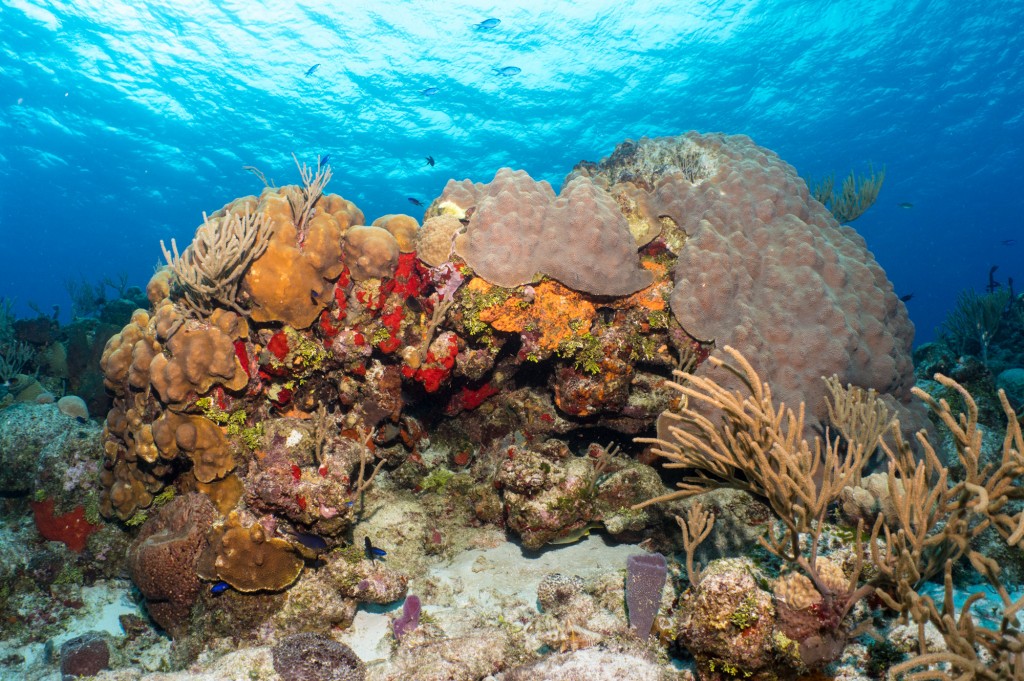
Hands
Touching things underwater may be necessary for special situations, but it usually only causes harm to you and the reef. Here are some common mistakes:
- Holding on to coral. The skin of a coral is a delicate thing- it’s very thin, and can be slow to regenerate. Even a light brush of your fingers can rip off all the polyps, leaving a scar of exposed skeleton and broken tissue that’s open to diseases and algae growth.
- Assuming some things are safe to touch. One of my scariest moments as a dive guide was realizing that a diver had placed his hand on a rock right next to a camouflaged scorpionfish. He had thought that touching coral was the only no-no. But remember that you’re no expert on marine life, and your eyes can be easily tricked. I even know an experienced marine biologist who brushed against a harmless-looking tunicate-type thing (small, bubble-shaped invertebrates that grow in clusters) and developed a chemical burn and fever in reaction. She still doesn’t know what the organism was.
- Poking things with a stick. I’ve seen many divers use long metal tank bangers to poke animals to make them swim, from flatworms to flounder to squid. Consider that you’re disrupting their lives and behavior and flooding them with stress hormones. Would you like someone to do that to you?
To keep yourself from being tempted to touch things, don’t wear gloves. The exception is in cases of strong currents, where the dive guide knows in advance that reef hooks or holding on to rocks is the only option. You shouldn’t be doing these kinds of dives until you’re quite experienced.
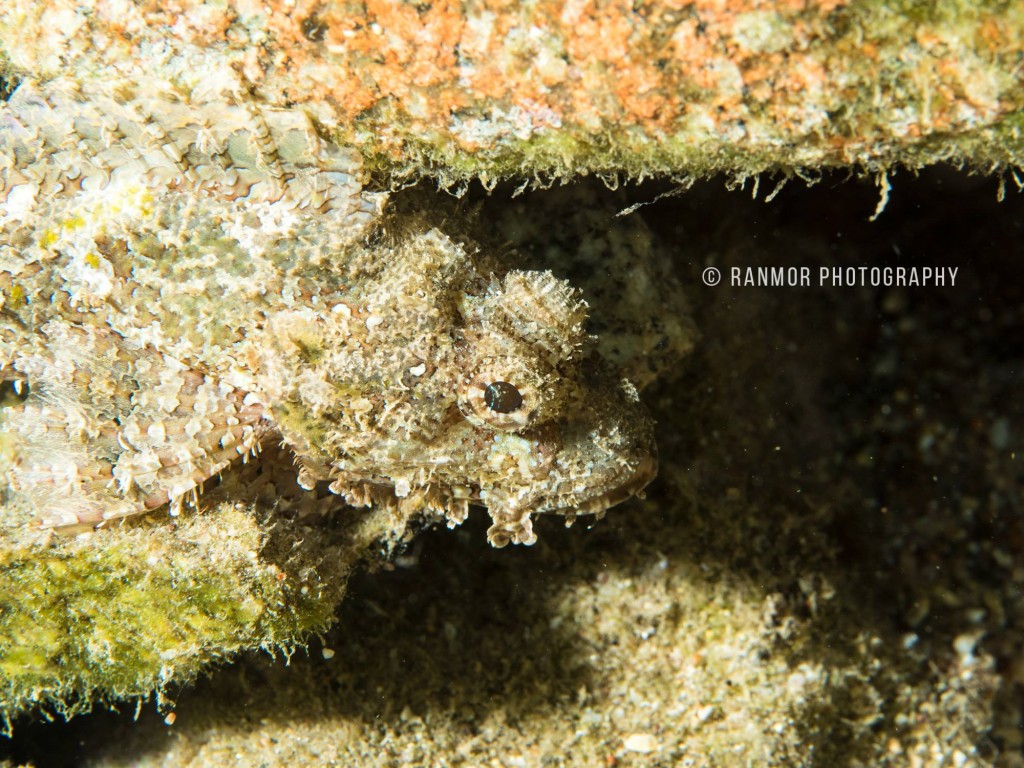
Fins
Fins are probably the most damaging piece of SCUBA equipment. It’s hard to learn how to use them properly, and it’s easy to lose awareness of them when you’re excited.
- Learn the frog kick. The best way to keep your fins far from the reef is to practice the frog kick instead of the flutter kick. (This means kicking your legs in breaststroke, instead of forward crawl.) The frog kick can even be done backwards!
- Learn trim position. Trim position is the base position of the frog kick. It allows you to hover in one place and get your eyes close to whatever you want to see without lowering your fins or hands.
- Keep 20% of your brain focused on buoyancy control. When divers crash into the reef, it’s often because they descend without adding air into their BCDs. Take a moment to check your buoyancy before you start to explore the reef.
- Do extra training. Courses like Peak Performance Buoyancy help immensely with fin control. Every conservation-minded diver should take some kind of focused buoyancy lesson.
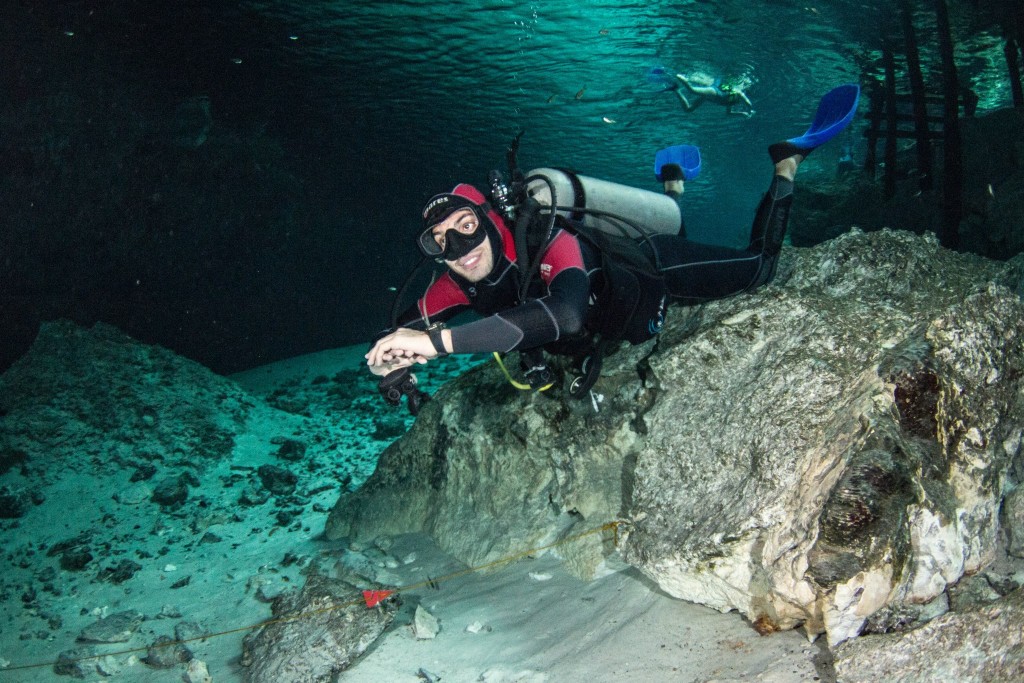
Cameras
Underwater photography is one of the trickiest buoyancy skills out there. Getting a focused picture can be very difficult without holding on to something, and divers’ fins often droop as they focus on the image in their lens.
- Be patient. Try to build your photography skills slowly, and remember to think about your body position while you snap your shots.
- Take a photography course. It’s best to learn from a pro while developing your techniques.
- Have an observant buddy. Let your buddy know that you’d like feedback on your photo-taking buoyancy skills; if you know what mistakes you made, you can improve for next time.
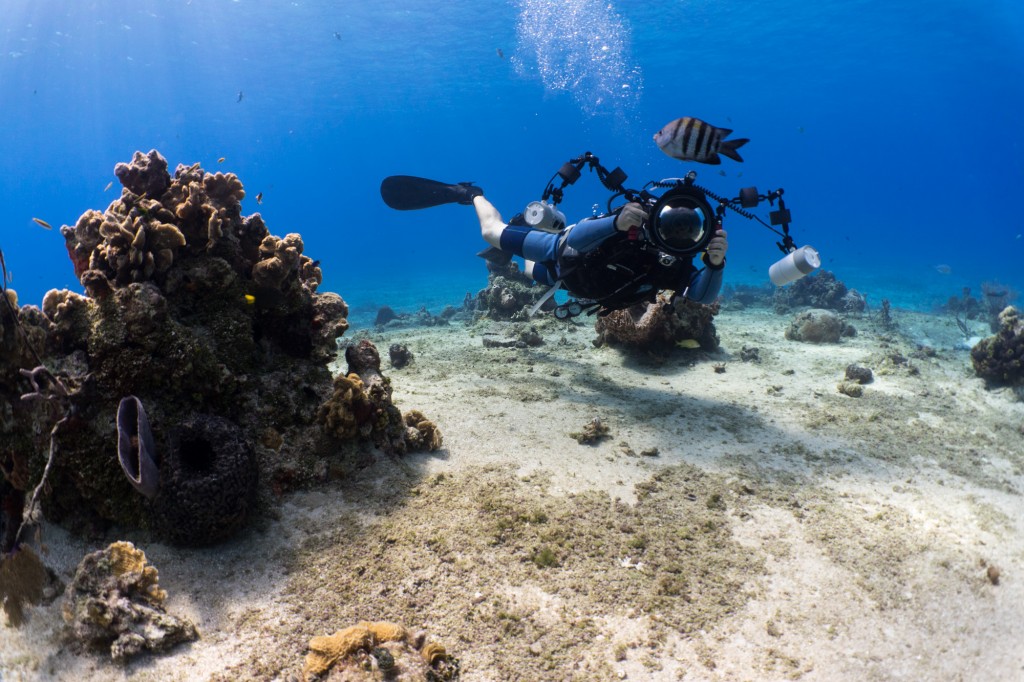
Dive Planning
Unexpected challenges threaten the safety of you and the reef equally. Here are some examples.
- Shallow entries and exits. Some of the most beautiful coral cover is found at depths shallower than one meter. Make sure you or your dive guide knows how to pass over these areas without contact.
- If you don’t know how to interact with a strong current, you may well crash into the reef, especially if the topography is diverse. Make sure your dive guide preps you on what to expect and how to position your body.
- The dips between strong waves can make a normally passable entry or exit dangerously shallow. Make sure you have a safe route planned.
Model good behavior
Dive guides in many countries are unduly influenced by the level of care their divers show for the reef. You, as a customer, have the most power to hold guides accountable.
- Express your disappointment when your dive guide…
- touches animals or reef environments (making pufferfish blow up, holding urchins, digging for buried creatures).
- steps on corals.
- anchors on sensitive bottoms instead of using mooring buoys.
You can talk to the guide and/or the dive shop owner after your dive- whatever you’re most comfortable with.
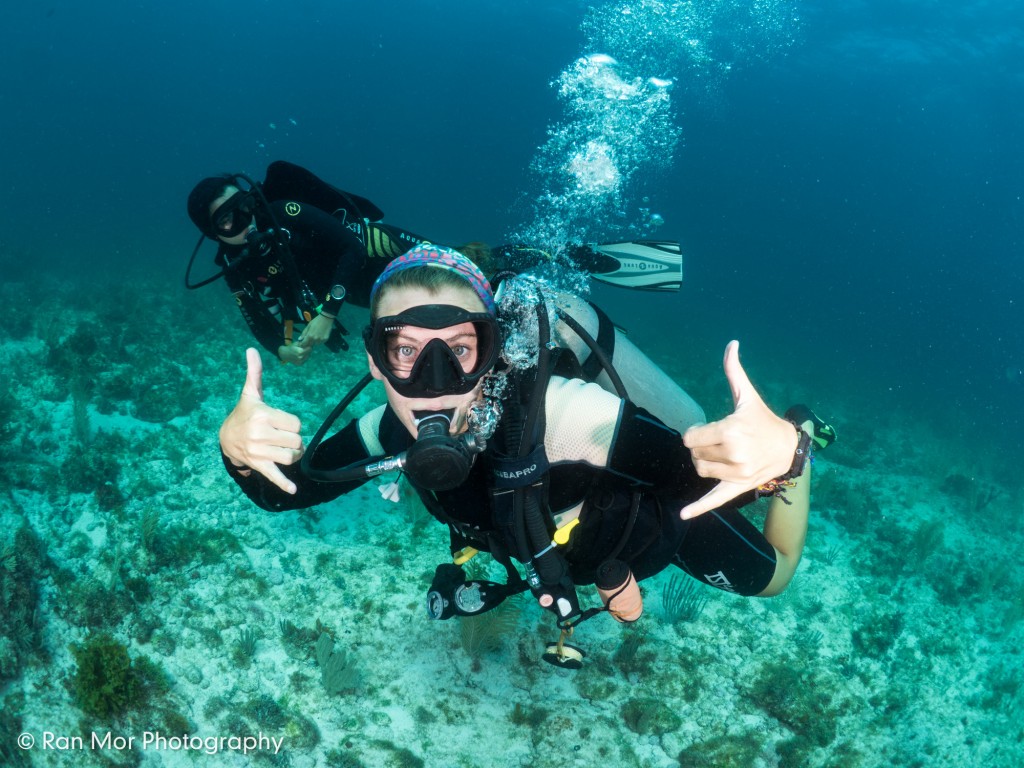
If you want to go even further with conservation-friendly diving, consider signing up as a volunteer for projects that gather reef data and help local managers protect the environment. Consider Reef Check (www.reefcheck.org), Blue Ventures (www.blueventures.org), Coral Cay Conservation (www.coralcay.org), Global Vision International (www.gviworld.com), and others. These organizations can take you to some of the hottest dive destinations worldwide, AND you get the satisfaction of knowing you helped reefs have a future.
- Strange Sharks – February 1, 2018
- Getting to know Jaws: the truth about great white sharks – October 20, 2017
- Reef Sharks: Coral’s Best Friend – September 26, 2017

 CAD
CAD